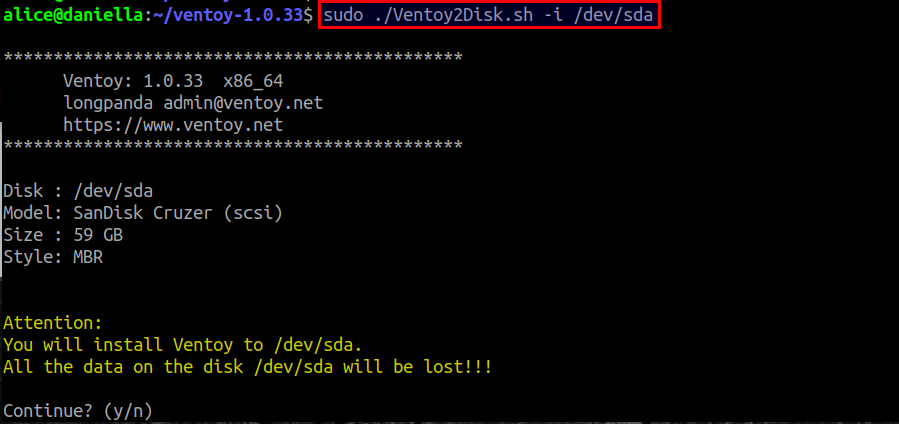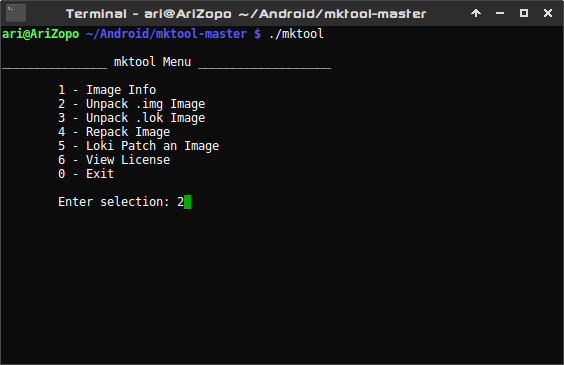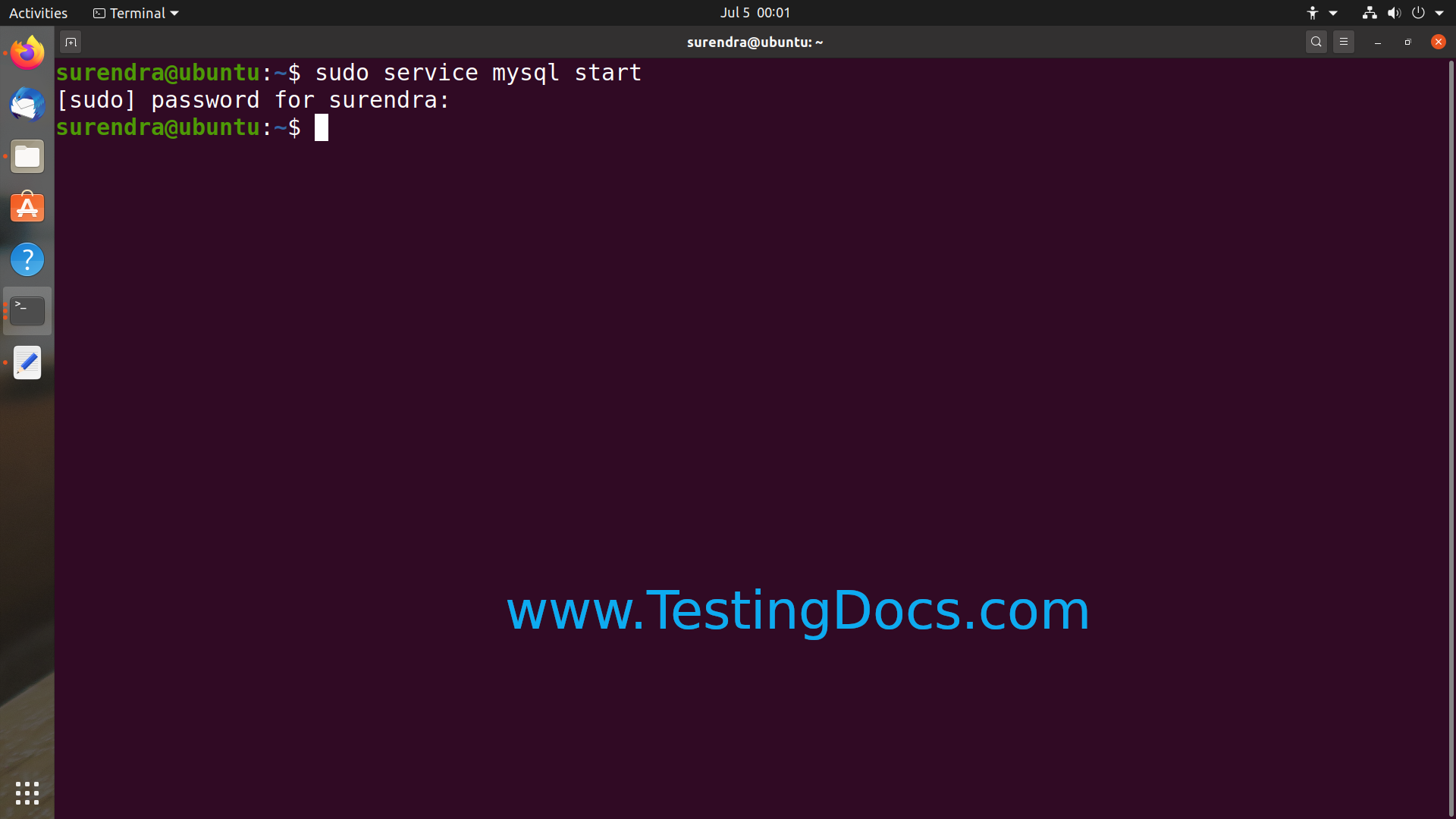

$ systemctl list-units -type service -all These are the commands you’re probably going to use the most: # systemctl start
Linux u boot tutorial how to#
Systemctl tells you everything you want to know, if you know how to ask. Loaded: loaded (/usr/lib.systemd/system/rvice enabled)Īctive: active (running) since Thu 6:40:11 PDT

The ps command will tell you, or use systemctl to get more detailed information: $ systemctl status rvice You can see this in the ClamAV example, as a dependency of and it runs only when of these states tell you if a service is running. Static services are usually dependencies of other services, and are controlled automatically.

Static means the service is missing the section in its init script, so you cannot enable or disable it. There are three possible states for a service: enabled or disabled, and static.
Linux u boot tutorial install#
Now you can see how systemctl knows where to install the symlink, and this init script also includes a dependency on another service, the status of all installed services that have init scripts: $ systemctl list-unit-files -type=service So what’s inside these init scripts? We can see for ourselves: $ less = Generic clamav scanner daemon ClamAV offers both systemd and SysVInit init scripts, so you can install the one you prefer: $ yum search clamav Many servers (for example Apache) have not caught up to systemd and do not have systemd init scripts. The systemctl command does this for you when you enable a new service, like this example for ClamAV: # systemctl enable -s do you know the name of the init script, and where does it come from? On Centos7 they’re broken out into separate packages. usr/lib/systemd/system/ contains init scripts to start a service at boot it must be linked to /etc/systemd/system/. Instead, we have a /etc/systemd/system/ directory chock-full of symlinks to files in /usr/lib/systemd/system/. systemd has outpaced them, and service and chkconfig do not support native systemd services. My examples are from CentOS 7.Įxperienced RH users can still use service and chkconfig in RH 7, but it’s long past time to dump them in favor of native systemd utilities. Red Hat is the inventor and primary booster of systemd, so the best distros for playing with it are Red Hat Enterprise Linux, RHEL clones like CentOS and Scientific Linux, and of course good ole Fedora Linux, which always ships with the latest, greatest, and bleeding-edgiest. Or not, but absent the ability to shape events to our own liking we have to deal with it. So the moral is things change, computers are inevitably getting more complex, and it all works out in the end.
Linux u boot tutorial software#
But essential subsystems have deep hooks in the kernel, all manner of management scripts, and software package dependencies, so replacing one is not a trivial task. If we don’t like a particular software application, or desktop environment, or command there are multiple alternatives and it is easy to use something else. It’s always scary when developers start monkeying around with key Linux subsystems, because we’re pretty much stuck with whatever they foist on us.

Just for giggles, look at the list of files in the systemd-services package in Ubuntu 14.04: $ dpkg -L systemd-servicesĬheck out the man pages to see what all of this stuff does. Now Upstart is being retired in favor of systemd, probably in Ubuntu 14.10, and you’ll find a ton of systemd libs and tools in 14.04. Which is a nice thing to do, but good luck understanding it. Then came Upstart and systemd, with all kinds of convoluted addons to maintain SysVInit compatibility. Which were supposed to make service management easier, but for me were just more things to learn that didn’t make the tasks any easier, but rather more cluttery. Then came add-on service managers like the service and chkconfig commands. For lo so many years Linux was content with SysVInit and BSD init. As fun as it is to rant and rail and emit colorful epithets, it’s beside the point. It’s tempting to let personalities get in the way. But rather the opposite, as evidenced in this famous LKML thread where Linus Torvalds banned systemd dev Kay Sievers from the Linux kernel. Systemd is controversial for several reasons: It’s a replacement for something that a lot of Linux users don’t think needs to be replaced, and the antics of the systemd developers have not won hearts and minds. Like it or not, systemd is here to stay, so we might as well know what to do with it.


 0 kommentar(er)
0 kommentar(er)
